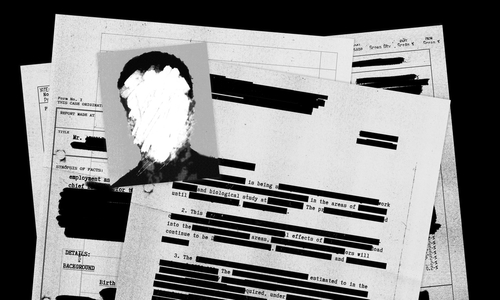The FBI has made public 475 pages of documents related to the 1994 murders of Nicole Brown Simpson and Ron Goldman, a case that captivated the nation and led to one of the most famous trials in American history. The documents, released two months after O.J. Simpson’s death, provide a detailed look at the investigation and evidence collected during the case.
Simpson, a former NFL star, was acquitted of the murders in 1995, but was later found liable for the deaths in a civil trial. He passed away from prostate cancer in April 2024 at the age of 76.
The released documents cover various aspects of the investigation, including forensic evidence such as fiber and blood samples found at the crime scene, as well as hair samples from both victims.
One of the most notable pieces of evidence discussed in the documents is the infamous Bruno Magli shoes. The FBI’s files include detailed accounts of their efforts to connect Simpson to a pair of size 12 Bruno Magli shoes, which were determined to have left bloody footprints at the scene.
The FBI’s records reveal that agents traveled to Italy in 1995 to gather molds and soles from the Bruno Magli factory to match the shoe prints found at the crime scene. The documents also include notes and communications with stores and salespeople in an attempt to trace the purchase of the shoes back to Simpson.
Additionally, the documents detail the infamous low-speed chase involving Simpson in a white Ford Bronco, which was broadcast live to millions of viewers. Evidence from the Bronco, including fabric swatches and fibers, was analyzed and included in the investigation records.
While the FBI documents do not introduce groundbreaking new evidence, they provide a comprehensive view of the thorough and extensive efforts made to solve the case. The release of these documents under the Freedom of Information Act follows standard FBI protocol to disclose files posthumously, ensuring transparency and public access to historical investigations.
The renewed public interest in the O.J. Simpson case highlights its enduring significance in American culture and the ongoing fascination with one of the most controversial legal battles of the 20th century.

